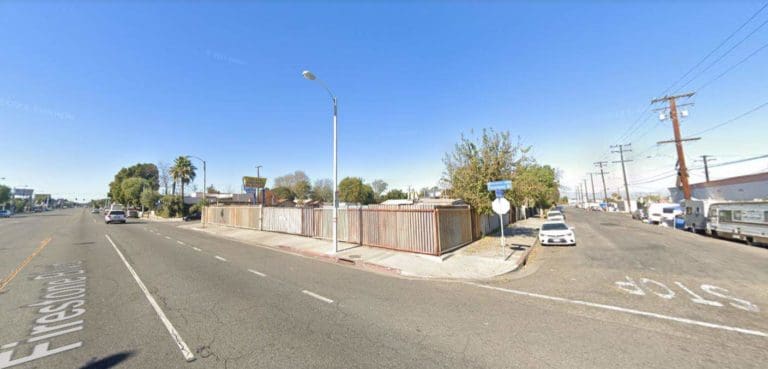https://www.oklahoman.com/article/5388573/norman-city-council-says-no-to-high-density-development
From The Oklahoman:
NORMAN — Plans for a high-density, high-rise apartment complex near the University of Oklahoma have been rejected by the Norman City Council once again.
This is the third proposal from The Prime Company of Manhattan, Kan., for a high-density housing complex near campus that the council has turned down in the past year and a half.
Partners Chris and Brian Elsey have built such apartment complexes geared to students in Manhattan and in Stillwater. The Elsey brothers say they have targeted Norman for the same type of development that has been successful elsewhere.
However, Norman residents consistently turn out in force to object to the type of project the two men specialize in developing.
372-unit complex
At Tuesday’s council meeting, the Elseys were seeking a change in land use and rezoning on 4.2 acres on Page Circle near the OU campus to build a multiple-story, 372-unit apartment complex with 850-plus beds for students. The council unanimously rejected the plans.
The Elseys previously proposed two other sites for similar multi-story, high-rise apartment complexes, one at Boyd Street and Classen Boulevard, and the other on Monnett Avenue, both near the OU campus. Both proposals were opposed by nearby residents and rejected by the city council.
“Our first proposal was on the wrong side of the railroad tracks. Our second project was too close to Campus Corner. We feel this (Page Circle) is a good site. It’s a college student neighborhood. It’s a neighborhood in transition, with mainly rental property in the area,” Chris Elsey said.
Paul Minnis spoke on behalf of homeowners on Trout Avenue, just around the corner from Page Street and Page Circle.
“We’re homeowners. We’ve raised our children here. Some of the homeowners are still raising their children here. They talk about us like we aren’t there. We exist. Our rights count,” Minnis said.
The plans would deluge the area with students, student vehicles and “result in a disaster for Norman,” Minnis said. “I understand infill construction. This is not infill. This is in-cramming.”
Chris Elsey said students today prefer walking and biking rather than driving. He said a traffic study commissioned by the company indicated “no adverse effects to traffic” would occur due to the proposed development.
Resident Pat Gilman said the project has 888 parking spots “and yet you say it would have no adverse effect on traffic. These are 18- to 22-year-olds. They don’t walk. There will be comings and going all times of the day and night.”
“This property is five minutes from campus, Campus Corner and the OU stadium. It is ideal for this type of development. Students may drive, but they wouldn’t be driving during peak traffic times,” Chris Elsey said.
Gilman said even if the students walked to campus it would pose a problem to the neighborhood and for the pedestrians because there are no sidewalks in the area. “Where are they supposed to walk?” she asked.
“The people of Norman have told you again and again what they want, and it is not this type of development. Yet we keep having to go over and over the same issues,” Julie Droke said.
Minnis said a proposal from a different developer in the same neighborhood will be heard by council members in two weeks “and if approved, it would add 1,000 students to this area. Can you imagine if both these projects get approved?”
Councilwoman Lynne Miller said the Page Circle area “might be ideal for a higher density development, but not this density. High density can mean townhomes or duplexes. This is going from about 80 residences in the area to 900 bedrooms. It’s too dense.”
Miller said she drives through the area every day “and traffic already backs up at Boyd and Trout … and on Classen and Brooks. I can’t imagine adding this many people and vehicles to that area. I just can’t believe that it would have no adverse effect on traffic. Traffic is already bad in that area.”


JANE GLENN CANNON
The Oklahoman




